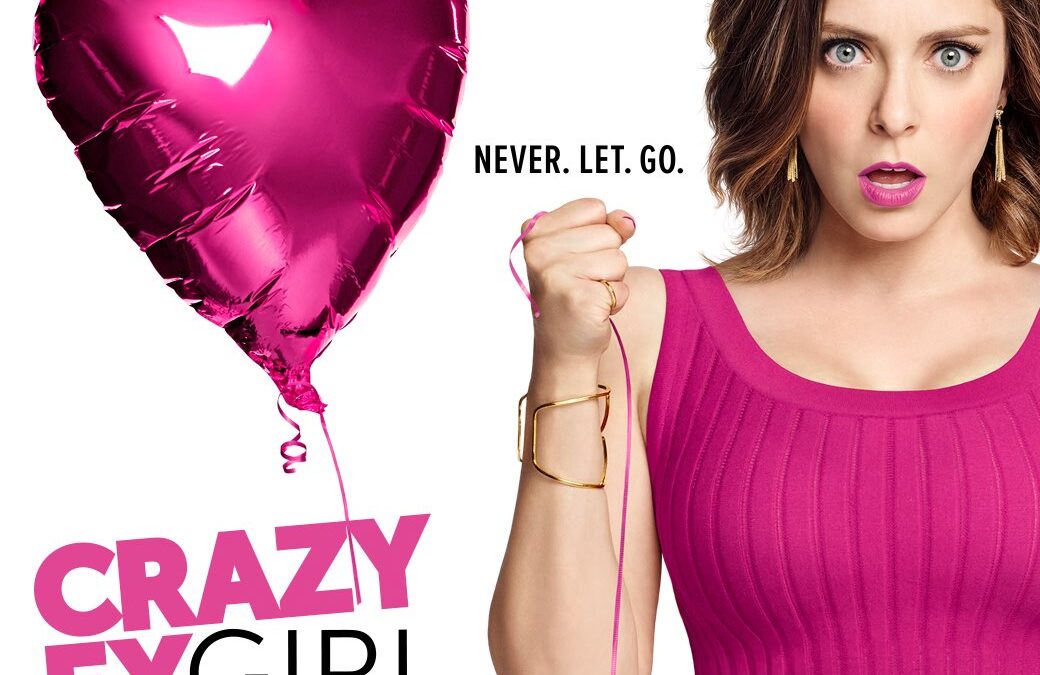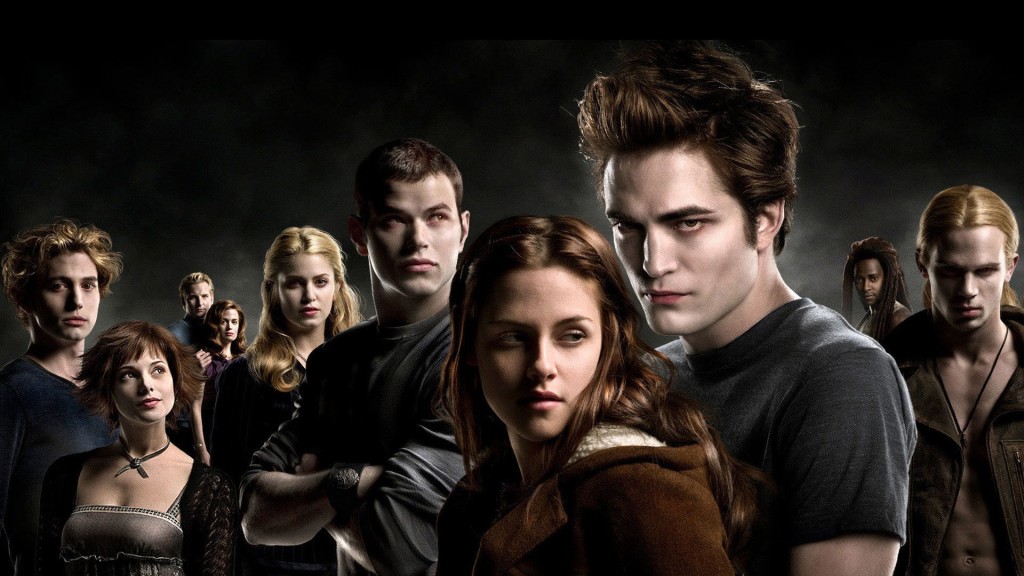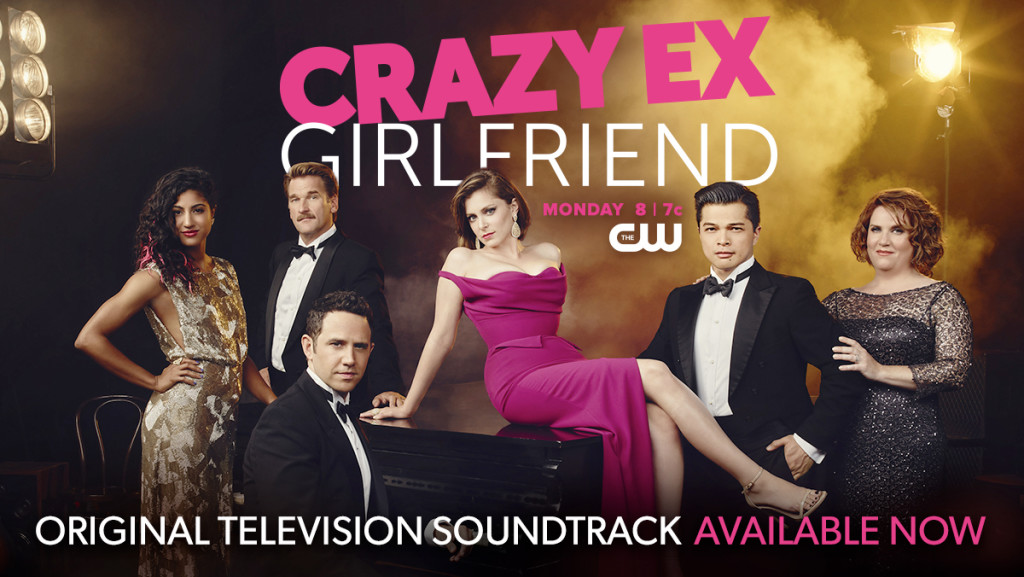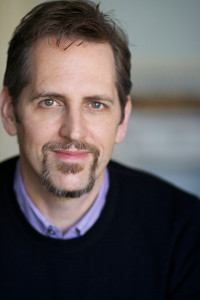The Save the Cat books have a name for the type of story where the primary external conflict is that two people who are “perfect counterparts” have something big in the way of “living happily ever after.” It’s called “Buddy Love.” And it includes most types of love stories, including the classic “Forbidden Love” (Brokeback Mountain, Twilight, Moulin Rouge) or “Romantic Comedy” (Pretty Woman, Wedding Crashers, There’s Something About Mary…).
In such films, the audience needs to basically fall in love with each of the two people, in the first act. And they need to believe that they should be together, and want this to happen. Sometimes both of the characters also want it. Sometimes only one seems to want it. Sometimes they both might not realize it. But the audience can see it: they belong with each other.
It’s very important to understand how to create this feeling, because so many movies have a relationship at the center — if not in the “A Story,” then in the “B Story” — as in Jerry Maguire, The 40-Year-Old Virgin or Erin Brockovich. In each of these, the main character has some other big A Story challenge beyond the relationship, and the “love” challenge functions more as a B Story, which helps to personalize and focus things, and makes the audience relate to the main character even more. (It’s also a place where their character flaws and arc tend to get explored.)
And the same principals apply there — the audience has to care that this couple makes it.
So how do we achieve this?
We start with an “Incomplete Hero” (according to Save the Cat), then add a “Perfect Counterpart,” and a “Complication.” The complication is the thing that threatens to keep the two people apart. It really IS the movie, in the sense that it should be at the heart of the logline, and is the main, marketable hook of the concept. It is the primary thing the characters are struggling with, in virtually every scene. For example: she’s human and he’s a vampire. Or he’s a billionaire and she’s a street prostitute. Or they’re both gay in a time where you risk your life to be gay. Or she’s engaged to Bradley Cooper and he’s with them under false pretenses that would make her hate him, if she knew.
In the idea generation process, and the structuring of the story, getting this complication right, and making sure it’s big and entertaining enough, is key. But that’s a subject for another post. We’re talking here about making the audience care about the relationship, in the first place. Because if the audience doesn’t want them to be together, and I mean desperately want it, there’s no movie. (Or there’s no B Story, if that’s where the relationship challenge is.)
So we start with an incomplete hero. Actually both of the two people are usually incomplete in some way. And they have a clear chance to “complete” each other, in a way that only they can. Now, in real life, there might be multiple people out there for each of us who could do this. But in a movie, we’re focused on just one, as if they are the only one. And they are the only one, at least in these characters’ current lives.
One way this is made clear is to give one or both characters other relationships, relationship prospects, or exes, who clearly don’t “complete” them. What does it mean to “complete” somebody? I think what it comes down to is this: they “get” each other, they “accept” each other, and they “believe in” each other, in a way that nobody else does. They are also uniquely able to see the best in the other person, and to encourage that best self to come out — to stimulate that happening. This often comes from having somewhat opposite qualities to them, which are complementary, and allow them to bring a different perspective to their lives than other people usually do.
In all these movies, the dynamic between the two star-crossed lovers is superior, healthier, and more of a positive thing than either could get with anyone else. And the audience can’t help but want to see them make it work, because it seems like the only way that either character can be their best self, and have their best life. All will not be right in the world, in the audience’s mind, unless this works out.
Which leads me to my favorite new TV show, about a New York lawyer who decides to move to the home town of a boyfriend from teenage summer camp, because she believes that he represents happiness for her, and she must get him back in order to be happy. The show is called Crazy Ex-Girlfriend and it’s on the CW Network. It’s also a musical. And a comedy. And its co-creator/star recently won the Golden Globe award for her performance.
It turns out that her ex-boyfriend from camp now has a new girlfriend. But we can see that she’s not right for him. She controls him, bosses him around, is quick to anger, and doesn’t really get or respect his passions. But our “crazy” heroine is the opposite of all those things. She really believes in him. She sees the best in him. She complements him.
And she wants him so desperately that she is constantly scheming, with a friend from work, to win him over.
Does the audience root for this to work out? Well, kind of. They certainly root for her. They certainly like both characters. But the show leaves it an open question whether he is really the right guy for her. Because there’s another guy, who is smitten with her, who is smarter, wittier, and can operate on her level. Who really “gets” her. (The first guy is hunky and sweet but a little dim, whereas she is a whip-smart neurotic.) So we kind of root for her to be with this other guy, too, who we also really like. But we’re not entirely sure.
This kind of dynamic works great on serialized television (the show that follow it on Monday nights, Jane the Virgin is similar). On television, we would run out of stories if it was all just about this one couple who need to figure out how to be together. You can’t keep them apart forever, and you can’t base a show solely on that, in my opinion. You need other characters and dynamics to mix things up and create more stories and episodes from. This tends to include competing viable love interests.
But in movies, we usually want to have just one “perfect counterpart” that we root for the hero(ine) to end up with. And that “rooting” thing is so important. It’s what makes the audience care about the movie, or not.
There is one genre, though (Save the Cat’s “Rite of Passage”), where the main character is chasing something or someone that they think will “complete” them, but which the audience knows probably won’t work out. (As in 10, My Best Friend’s Wedding, Her, An Education or Superbad.) We can sense that they’ll either fail to get with the person they want; or they’ll succeed, but still feel empty. And the point of such movies is that the main character will grow and mature in the end, and accept the pain of the life stage they were going through (such as adolescence, mid-life or separation). It was this pain that caused them to go on this crazy quest in the first place.
If Crazy Ex-Girlfriend were a movie, it would probably fit here, and it would be made more clear that the guy she’s chasing is definitely not right for her (though we’d get why she’s still obsessed with him, and sympathize with her about it). And the “right” guy would probably only emerge as the better option at the end, after she’s learned her lesson.
A script is an attempt to play on an audience’s emotions. Manipulate them, if you will. Get them passionately emotionally invested in something. And relationships are one of the key primal human situations that writers can hook an audience with. There’s a great flexibility to what you can do with passionate key relationships in a movie. “Buddy Love” has subgenres about pet relationships (The Black Stallion), professional ones (Saving Mr. Banks), and epic love stories where there is a lot more going on than a love affair, but that affair gives a clear, rootable dramatic spine to something that otherwise would be hard to structure as a story (like Titanic).
Whatever type of relationship it is, if you want a movie audience to care about it, then I think they have to love both of the people, and feel that each is not only the best possible partner for the other, but their only chance to live the kind of life that is obviously their best one. Where they are respected, believed in and loved for who they really are. Where they are partnered with someone who is uniquely suited to inspire them to be the best version of themselves. Like we all would want to be.




well put. thx much
Very very useful article! Thank you so much!
My theory: psychologically most Iove stories are exploring the idea of male & female side of a person from a Jungian viewpoint. I find that interesting…
Absolutely, and yet many men are often portrayed as a single entity with little depth, when the male’s anima is a full array of dimension and complexity. The female’s animus is equally elaborate. It was Joeseph Cambell’s work that brought life to the inanimate objects who would one day inhabit George Lucas’ characters.
Michael,
Agree about George Lucas’ use of Joseph Campbell ideas. Thanks for the reply. Had a whole self-taught Campbell couple of years when I read and saw as much as I could to absorb his ideas. We also have a Jungian Center in Houston where I live that I went to a lot.
Take care, Mike H.
Mike, Never put Houston together with Jung, but hey, who knows what could result. I was quite lucky to have met some analysts and I got into dream therapy when I turned 52. Same age as Jung was when he found his darkest hour. Can’t say it made me a better guy, but my girlfriends became more plentiful. Especially that feisty anima.
Erik,
This article came at a good time, an overly complicated beginning with too much baggage. Yes,now the characters can fly. This is a must-see article.